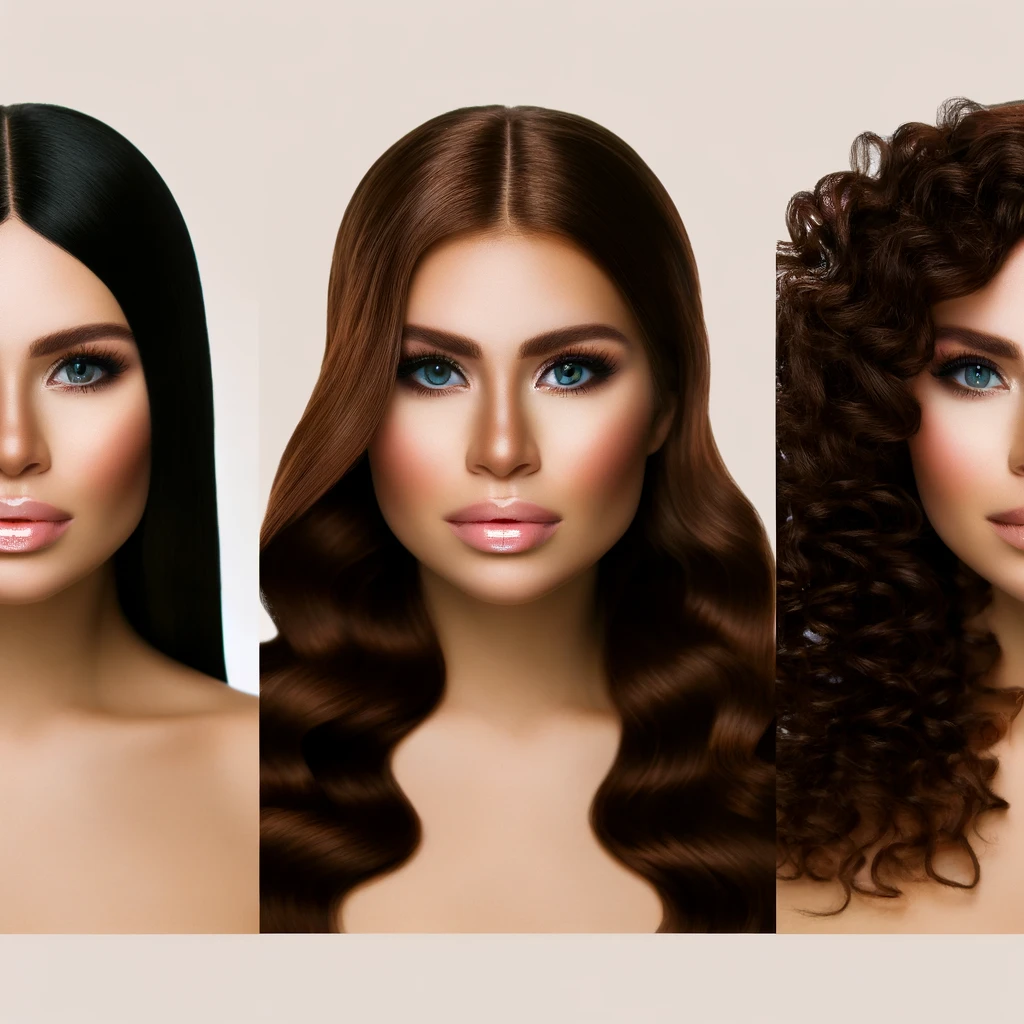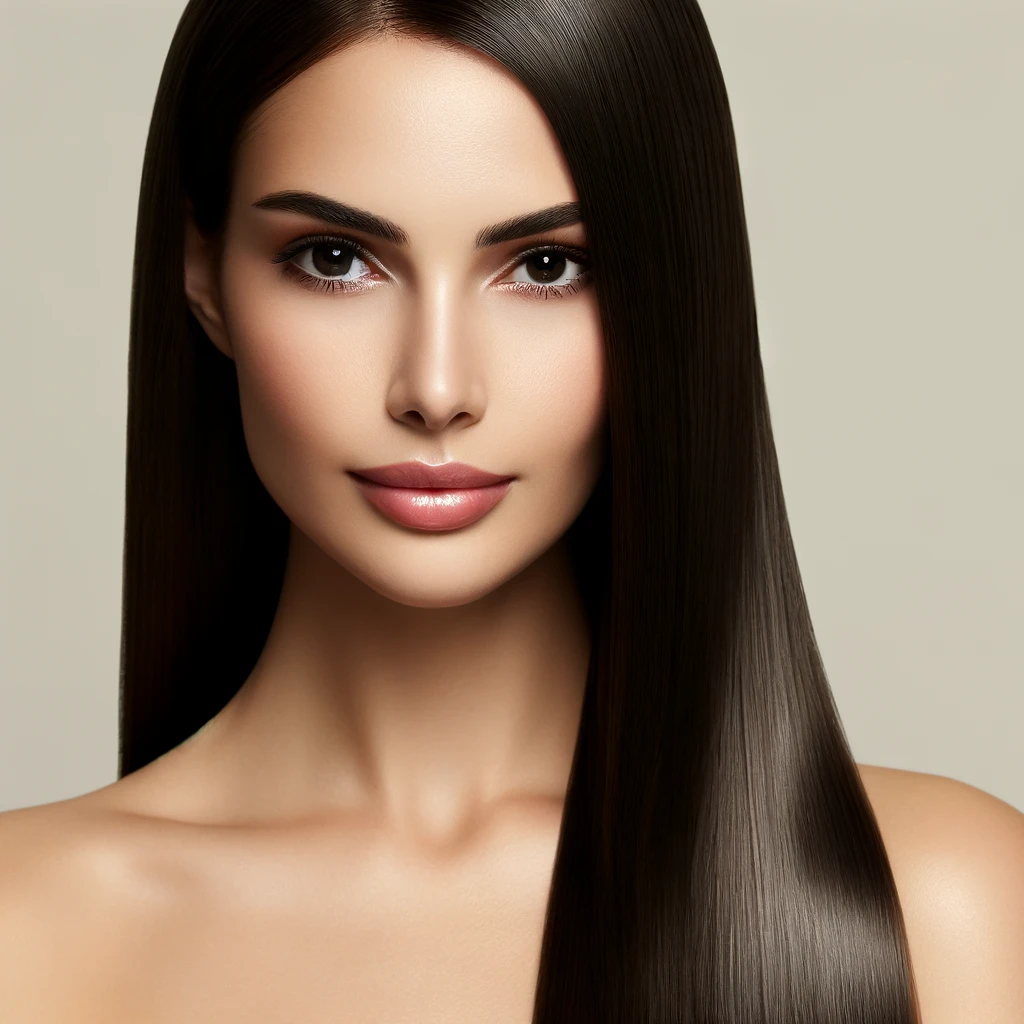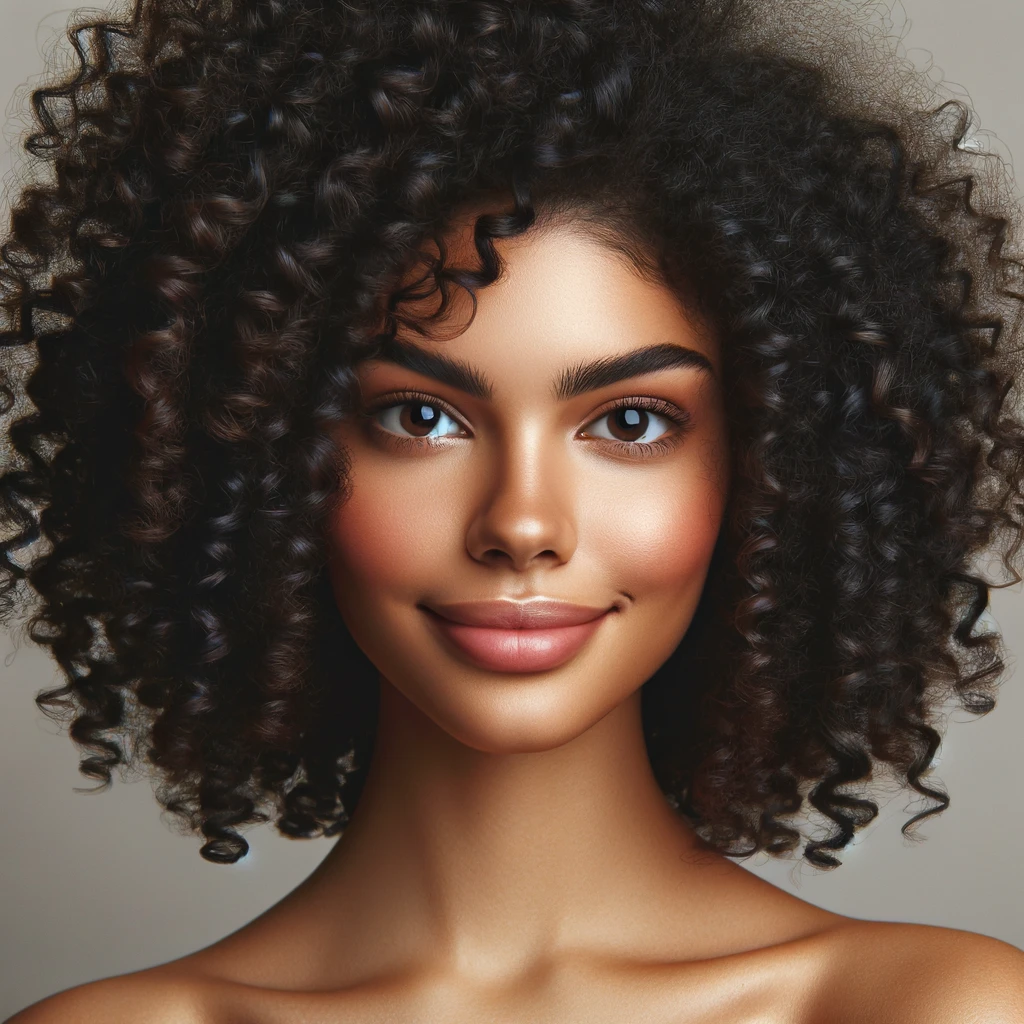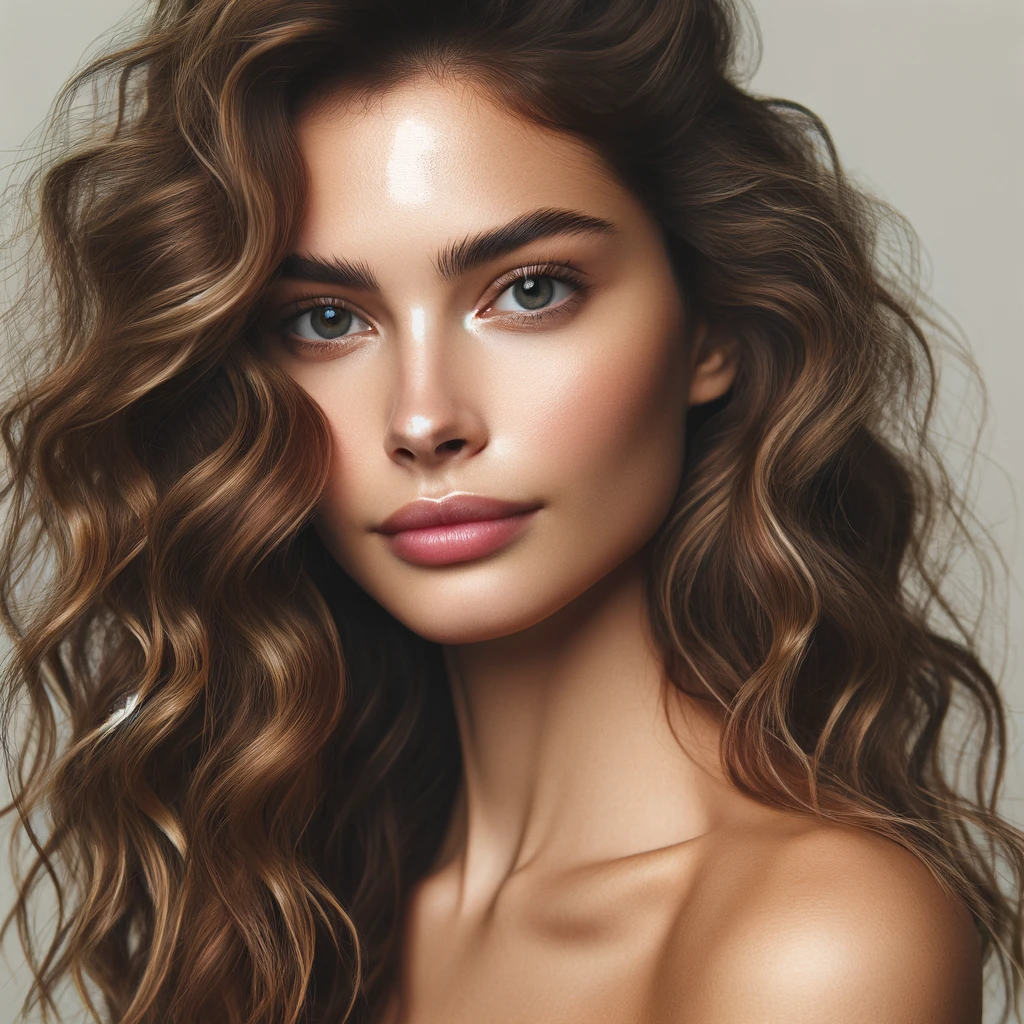Welcome to our comprehensive guide on understanding your hair type and how to care for it. Whether you have straight, wavy, curly, or coily hair, knowing your hair type is essential for developing a routine that keeps your locks healthy and beautiful. Let’s dive into the different hair types and discover the best care practices for each. Understanding Hair Types and How to Care for Them.

Identifying Your Hair Type
Hair types are generally classified into four main categories, each with unique characteristics:
Type 1: Straight Hair
- 1A: Very straight and fine, often lacks volume and tends to become oily quickly.
- 1B: Straight with medium texture, more body compared to 1A but still prone to oiliness.
- 1C: Straight with coarse texture, has the most body and thickness among straight hair types but can be frizz-prone.
Type 2: Wavy Hair
- 2A: Loose, gentle waves, easy to straighten or curl, tends to be fine and lacks volume.
- 2B: Medium waves with some frizz, more defined S-shape, and holds a wave better than 2A.
- 2C: Thick, coarse waves with more defined S-shape, prone to frizz and can be resistant to styling.
Type 3: Curly Hair
- 3A: Loose, large curls, shiny and defined with a springy texture, prone to frizz in humidity.
- 3B: Tight, springy curls, more volume and body than 3A, but can be frizzier and drier.
- 3C: Tight, corkscrew curls, dense and packed, requires a lot of moisture to maintain definition and reduce frizz.
Type 4: Coily/Kinky Hair
- 4A: Soft, tight coils, retains moisture well but can still be prone to dryness and shrinkage.
- 4B: Z-shaped, less defined coils, more prone to dryness and breakage, often has a cottony texture.
- 4C: Very tight, dense coils with minimal definition, extremely prone to dryness and shrinkage, requires intensive moisturizing.

Care Tips for Each Hair Type
Straight Hair (Type 1)
- Challenges: Can become oily quickly, lacks volume.
- Care Tips:
- Shampoo Regularly: Use a gentle shampoo to avoid oil buildup. Washing every 2-3 days is often sufficient.
- Lightweight Conditioners: Opt for lightweight conditioners to avoid weighing down the hair. Apply conditioner only to the ends.
- Volumizing Products: Use volumizing mousses or sprays to add body without adding weight.
- Avoid Heavy Oils: Stick to light oils like argan oil to prevent greasiness and add a touch of shine.
Wavy Hair (Type 2)
- Challenges: Prone to frizz, needs definition.
- Care Tips:
- Moisturizing Shampoo and Conditioner: Keep your waves hydrated to reduce frizz. Look for sulfate-free products to retain natural oils.
- Define Waves: Use a curl-enhancing mousse or gel to define waves and reduce frizz.
- Avoid Heat Styling: Embrace air-drying or use a diffuser on a low setting to maintain wave definition without causing damage.
- Regular Trims: Prevent split ends and maintain wave definition by trimming every 6-8 weeks.
Curly Hair (Type 3)
- Challenges: Prone to dryness and tangles.
- Care Tips:
- Deep Conditioning: Regularly use deep conditioning treatments to keep curls moisturized. Look for products with ingredients like shea butter and coconut oil.
- Detangle Gently: Use a wide-tooth comb or fingers to detangle when wet, starting from the ends and working your way up to avoid breakage.
- Leave-In Conditioners: Help maintain moisture and reduce frizz. Apply to damp hair and style as usual.
- Avoid Brushing: Use your fingers to style and define curls to avoid breakage. Brushing can disrupt curl pattern and cause frizz.
Coily/Kinky Hair (Type 4)
- Challenges: Very dry, shrinkage, and breakage-prone.
- Care Tips:
- Hydrate Intensely: Use rich, hydrating shampoos and conditioners. Look for products specifically formulated for curly or coily hair.
- Protective Styles: Embrace protective styles like braids, twists, or bantu knots to reduce manipulation and retain moisture.
- Oil and Butter Treatments: Regularly use oils (like jojoba or castor) and butters (like shea) to lock in moisture. Apply to damp hair for best results.
- Gentle Handling: Avoid harsh brushing and combing; use your fingers to style. Protective styles can also minimize breakage.

General Hair Care Tips for All Types
Regardless of your hair type, some universal tips can help maintain hair health:
- Healthy Diet: Ensure a balanced diet rich in vitamins and minerals, such as biotin, vitamin E, and omega-3 fatty acids, to support hair health.
- Avoid Overwashing: Washing too frequently can strip natural oils, leading to dryness. Adjust your washing frequency based on your hair type and lifestyle.
- Heat Protection: Always use a heat protectant spray when using heat styling tools to minimize damage and prevent split ends.
- Regular Trims: Keep your hair trimmed to prevent split ends and breakage. A trim every 6-8 weeks can keep your hair looking healthy.
- Scalp Care: Maintain a healthy scalp with gentle massages and appropriate products. A healthy scalp is the foundation for healthy hair growth.

Conclusion -Understanding Hair Types and How to Care for Them
Understanding your hair type is the first step toward crafting a hair care routine that works best for you. Whether your hair is straight, wavy, curly, or coily, tailored care can enhance its natural beauty and ensure it stays healthy and vibrant. Embrace the unique qualities of your hair type, follow our tips, and enjoy gorgeous, healthy hair every day!
Ready to Elevate Your Hair Care Routine?
Explore our curated selection of hair wellness products designed for every hair type. From moisturizing shampoos and conditioners to styling gels and oils, we have everything you need to keep your hair looking its best. Click here to shop now and take the first step towards healthier, more beautiful hair!